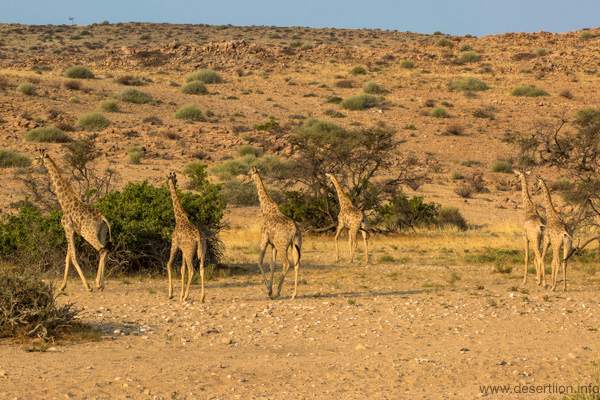
Tracking technology deployed across Africa to monitor giraffe populations and movement

The Giraffe Conservation Foundation, based in Namibia, announced it is making use of satellite telemetry in several African countries to track individual giraffes for a better understanding of population dynamics, distribution and conservation.
Such advanced tracking technology is widely used for the conservation of other species, notably lions and elephants, and to mitigate human wildlife conflict.
Marking World Giraffe Day on 21 June, the foundation said giraffe is listed as Vulnerable in the IUCN Red List of Threatened Species. It is estimated that giraffe numbers dwindled by as much as 30% over the past 30 years but accurate data is mostly unavailable as these magnificent animals are often deemed not as high a conservation priority as elephants and rhinos.
“This silent extinction is happening before our eyes, but we can still turn this around if we start acting now!” stated the foundation.
World Giraffe Day 2019 is dedicated to Twiga Tracker, the largest GPS satellite tracking programme of giraffe ever (twiga is Swahili for giraffe). Another exciting technology tool for giraffe conservation is GiraffeSpotter.org, an online platform employing machine learning to identify individual giraffes from photographs collected by researchers and citizen scientists.
“To save giraffe in Africa, we need a better understanding of how many giraffe there are, where they live, and how they move and use their habitat, in particular in areas where they share it with people. Twiga Tracker aims to track a minimum of 250 giraffe throughout their range in Africa with innovative GPS satellite solar units developed and manufactured in Africa by our partner Savannah Tracking in Kenya.”
Twiga Tracker and GiraffeSpotter are a collaborative initiatives of some of the biggest names in field conservation and science: The Giraffe Conservation Foundation spearheads the initiative in collaboration with San Diego Zoo Global, Smithsonian Conservation Biology Institute and Wildlife Conservation Alliance. Advanced machine learning for GiraffeSpotter.org is provided by the non-profit WildMe with direct support from Microsoft’s AI for Earth programme.













































